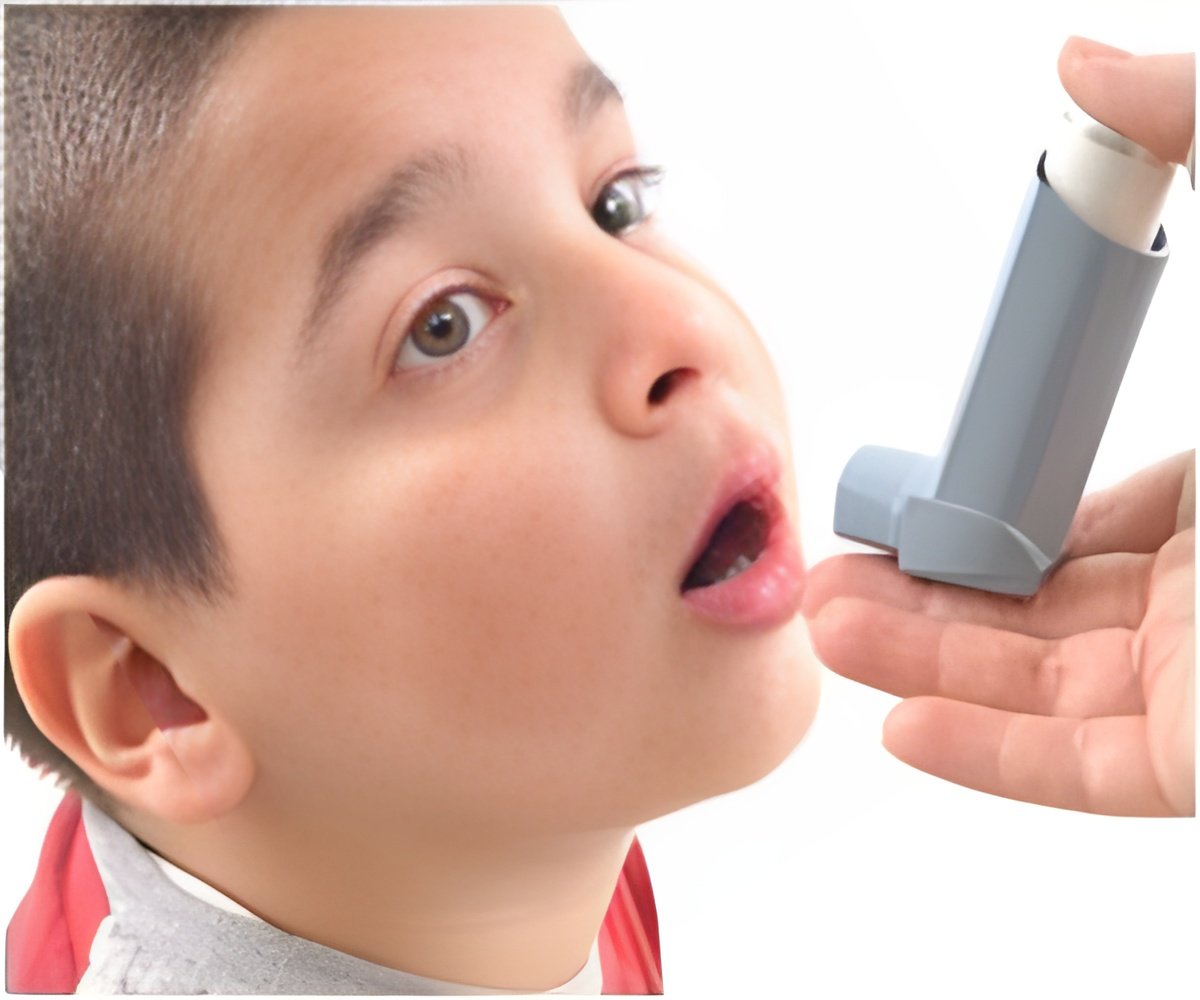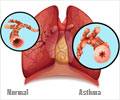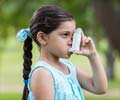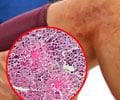Key research findings on asthma especially in children demonstrates the importance of healthy school environments that reduces asthma symptoms.

‘While bacteria and microbes can benefit the immune system, exposure to mold may make asthma worse.’





Once the airways become swollen and inflamed, they become narrower, causing symptoms such as wheezing, coughing, chest tightness, and difficulty breathing. Together, three institutes lead asthma research at NIH: the National Institute of Environmental Health Sciences (NIEHS), the National Heart, Lung, and Blood Institute (NHLBI), and the National Institute of Allergy and Infectious Diseases (NIAID).
These three institutes support different aspects of asthma research but are united in a commitment to reduce the burden of this debilitating disease, as highlighted here through recent studies funded collaboratively by all three institutes.
For example, research funded by NIEHS, NHLBI, and NIAID has demonstrated the importance of healthy school environments. Some of the study highlights include:
- A study of students from inner-city schools, published in January 2017, linked airborne mouse allergens at schools to increased symptoms and decreased lung function in asthmatic children. This suggests there are steps schools can take to improve air quality and potentially benefit children with asthma.
- A preliminary study tested high-efficiency particulate air filters, commonly known as HEPA filters, in three urban elementary schools, which yielded two indoor air quality improvements: about a 40 percent reduction in fine dust particles, along with about a 55 percent reduction in traffic-related black carbon levels. Both pollutants can irritate the lungs of people with asthma.
- One study found that levels of traffic-related black carbon were lower inside than outside, but when outdoor levels increased, so did the indoor levels. Fine dust particles inside schools came from both indoor and outdoor sources.
- Children with high exposure to molds and fungi were more likely to have asthma at age 7. For children with allergies, the association was especially strong.
- A study published in 2016 showed that children exposed to a wide range of bacteria and microbes, as found in dust on traditional Amish farms that use animals rather than machines, may be protected against asthma through the stimulation and shaping of non-specific, or innate, immune responses.
The difference in triggering of the innate immune response may help explain why asthma remains rare among the Amish but affects nearly 1 in 10 U.S. children, who typically do not live in a rich microbial environment.
Source-Eurekalert














